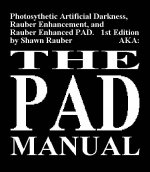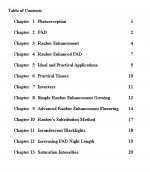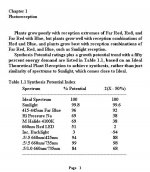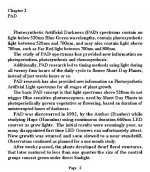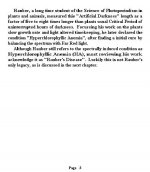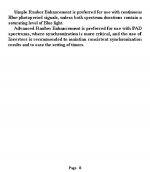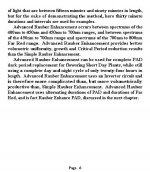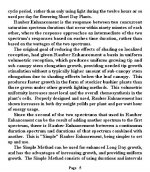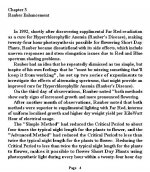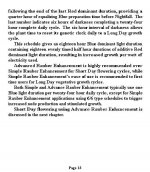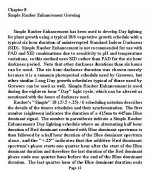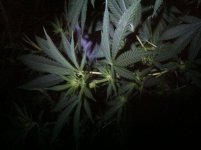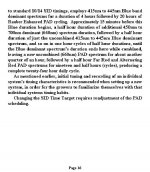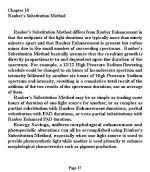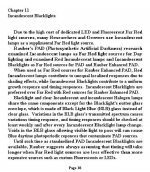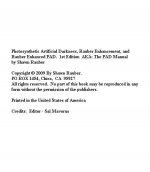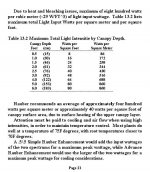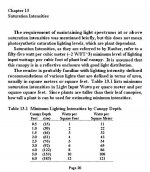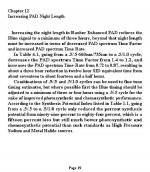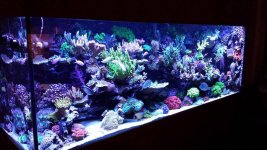Ah, okay, now I get it  .
.
Why do you need a far red? Cause standard red (>600 nm) bulbs also emit far red (>700 nm), right? Or is the red a monochromatic LED with precisely 660 nm?
Showing your lighting schedule would be nice because I don't see why exactly you use three different bulbs . I get that using one full spectrum bulb seems a waist cause of the unused green part but your three bulbs have a very low efficacy and what one gains by avoiding the green 'spectrum' one looses with the 'coloured' bulbs...
. I get that using one full spectrum bulb seems a waist cause of the unused green part but your three bulbs have a very low efficacy and what one gains by avoiding the green 'spectrum' one looses with the 'coloured' bulbs...
Does it really pay out? What's the difference in terms of harvest quantity and quality, growth habit and speed of growth compared to a standard 12:12 lighting scheme?
Sorry if I simply overlooked a post or two...
Why do you need a far red? Cause standard red (>600 nm) bulbs also emit far red (>700 nm), right? Or is the red a monochromatic LED with precisely 660 nm?
Showing your lighting schedule would be nice because I don't see why exactly you use three different bulbs
Does it really pay out? What's the difference in terms of harvest quantity and quality, growth habit and speed of growth compared to a standard 12:12 lighting scheme?
Sorry if I simply overlooked a post or two...

